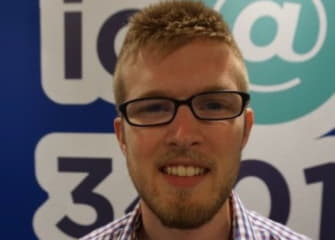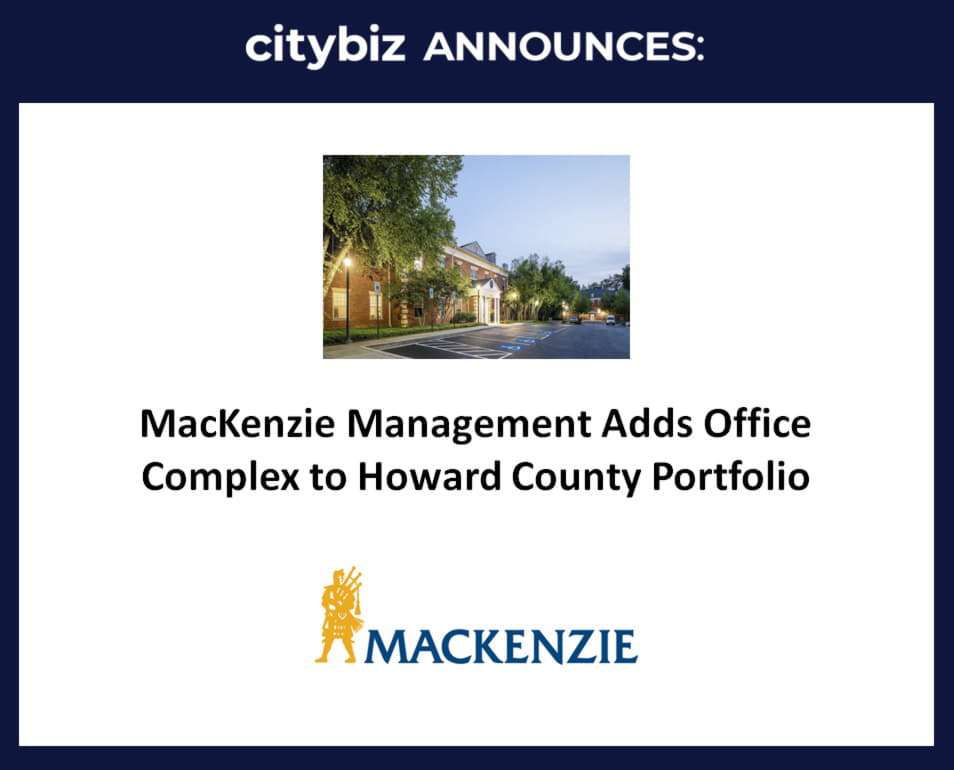
Kevin Keenahan
Click here for Part I
Improving healthcare for millions of Americans living with chronic wounds
Kevin Keenahan is the co-founder and CEO of Tissue Analytics, a medical technology startup based in Baltimore. Using machine learning, Tissue Analytics transforms smartphones into powerful wound care imaging platforms. The app makes it easy for healthcare providers to take photos and gather information about skin, revolutionizing care for millions of Americans living with wounds, such as bedsores and diabetic ulcers, which sometimes accompany chronic conditions. With Tissue Analytics, providers can increase the accuracy and consistency of their measurements, and thereby assist their patients better and faster than ever before.
Kevin Keenahan spoke to citybizlist publisher Edwin Warfield from the Tissue Analytics offices at Spark for this interview.
EDWIN WARFIELD: What kinds of markets does the app best serve?
KEVIN KEENAHAN: We work with big four markets. The first is hospital outpatient clinics, which are wound care centers. They specialize in wound care. They have doctors and nurses who, all they do is wound care, so they are really the leading experts. They work with skilled nursing facilities and home care groups. We’re also expanding into inpatient settings as well. We found there is significant impact we can have on pressure ulcers or bedsores that patients can be treated for an inpatient setting after surgery. We’re really rapidly expanding into all these different areas where wound care is done.
Q. Tell us about building the company. You developed the idea at Johns Hopkins and then joined the DreamIt accelerator, correct?
A. We had a really exciting experience through the CBID Program—that’s Center for Bioengineering Innovation & Design, at Hopkins—and bridging that to DreamIt Health in Philadelphia.
DreamIt is great for we are actually getting folks to understand the basic on their clinical needs, to understand every single angle of the problem that you’re looking at, and start to put together a complete picture of what a solution could look like. After that, we went to DreamIt Health in Philadelphia, which—back when we did it—was more designed to get early companies to think like a business: figure who their payers are, what the business strategy looks like, what the fundraising strategy looks like. And I think one of the reasons we really benefited from the DreamIt program was because we had this front end of CBID to spend time getting to know the market. The combination of those two play extremely well together, and I hope we’ll see more CBID companies go through accelerators and start companies.
Q. Why focus on wound care?
A. Originally, we first started getting into wound care because we were in the ICU at Hopkins and—me personally, I was observing this procedure called wet-to-dry dressing change, which is when a clinician is faced with a sort of deep wound, packs it full of wet gauze, waits for the gauze to dry, and then rips it out. It’s very effective at removing necrotic tissue, but it’s extremely painful for the patient.
I looked at that and was very surprised. I thought: There has to be a better way for you to care for patients and communicate with them after they leave the hospital. And wouldn’t it be great if you could remove the necrotic tissue slowly over time and not just rip it out all immediately? So, when we were first at CBID, we were looking at a way to integrate the debridement—or the removal—of necrotic tissue over time. We made great progress while we were in CBID. We were working with some really novel hydrogels, some great material science folks, and we had a lot of interest in that technology.
It was as the program was starting to wrap up that we were doing our animal studies on those and we started to realize: There is no good way, even in animal studies—even in preclinical trials, clinical trials—there’s no good way to actually figure out how a wound is progressing over time. The data that we have out there is too variable, or it’s too noisy to see a clear result. The year was wrapping up and we were looking at these digital health programs: DreamIt Health and others across the country, and, we decided to pivot and start to look at just this basic problem of how wounds are quantified.
After deciding to look at this different direction and try to solve this more fundamental problem, we went up to Philadelphia for the DreamIt Health accelerator. They specialize in health IT, so they were extremely good partners to have. That program helped us transition from being a research-oriented company to being a for-profit company that fundraises and looks to attract clients. That’s something that you tend to see with Hopkins companies, because Hopkins is so strongly research-focused. There’s a lot of great programs out there like iCor, and other programs in Maryland through TEDCO, that can help transition the mindset of companies into more of a for-profit, fundraising perspective.
Connect with Kevin on LinkedIn
Sponsored by:
Founded in 1969, KatzAbosch is one of the largest CPA and business consulting services in the Mid-Atlantic region. Our mission is to provide the highest quality accounting, tax, financial and management consulting services to our clients. We understand the needs and challenges of our clients and we have made it our obligation to create, grow and protect asset value. The experts at KatzAbosch offer a full service solution while maintaining a tradition of ethics and incorporating the latest technology and unique business practices. Excellence in an industry often begins with how those closest to the company—its clients and employees—feel about it. For these individuals, KatzAbosch is a place where people and businesses excel and prosper. Our advisors can meet all of your service needs including; Audit & Accounting, Business Valuation & Litigation Support, Consulting, Estate Planning & Administration, Financial Institution Services, Forensic Accounting & Fraud Examinations, State and Local Tax (SALT), Taxes & Planning.


Edwin Warfield, CEO of citybizlist, conducts the CEO Interviews.
If you're interested in reaching CEOs, please contact edwin.warfield@citybuzz.co
Connect on LinkedIn




































